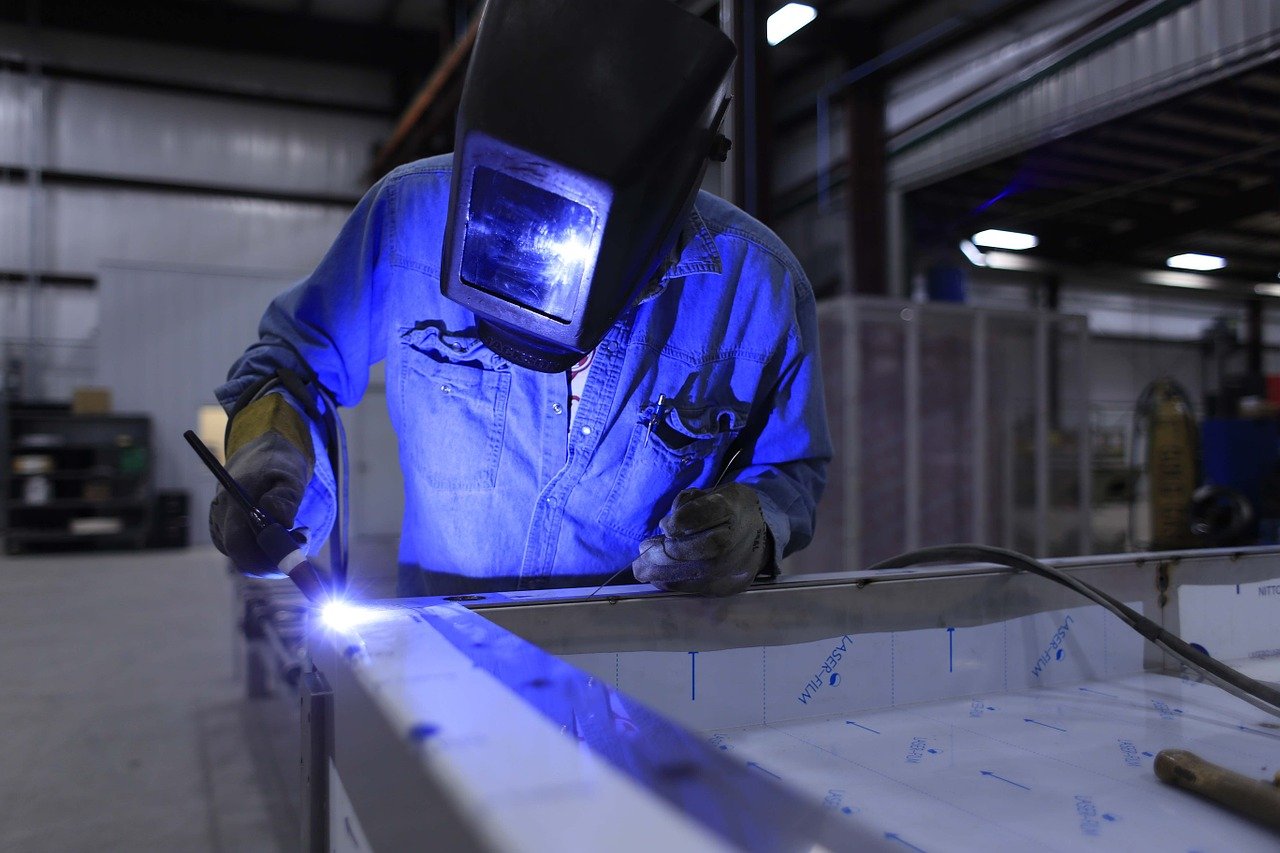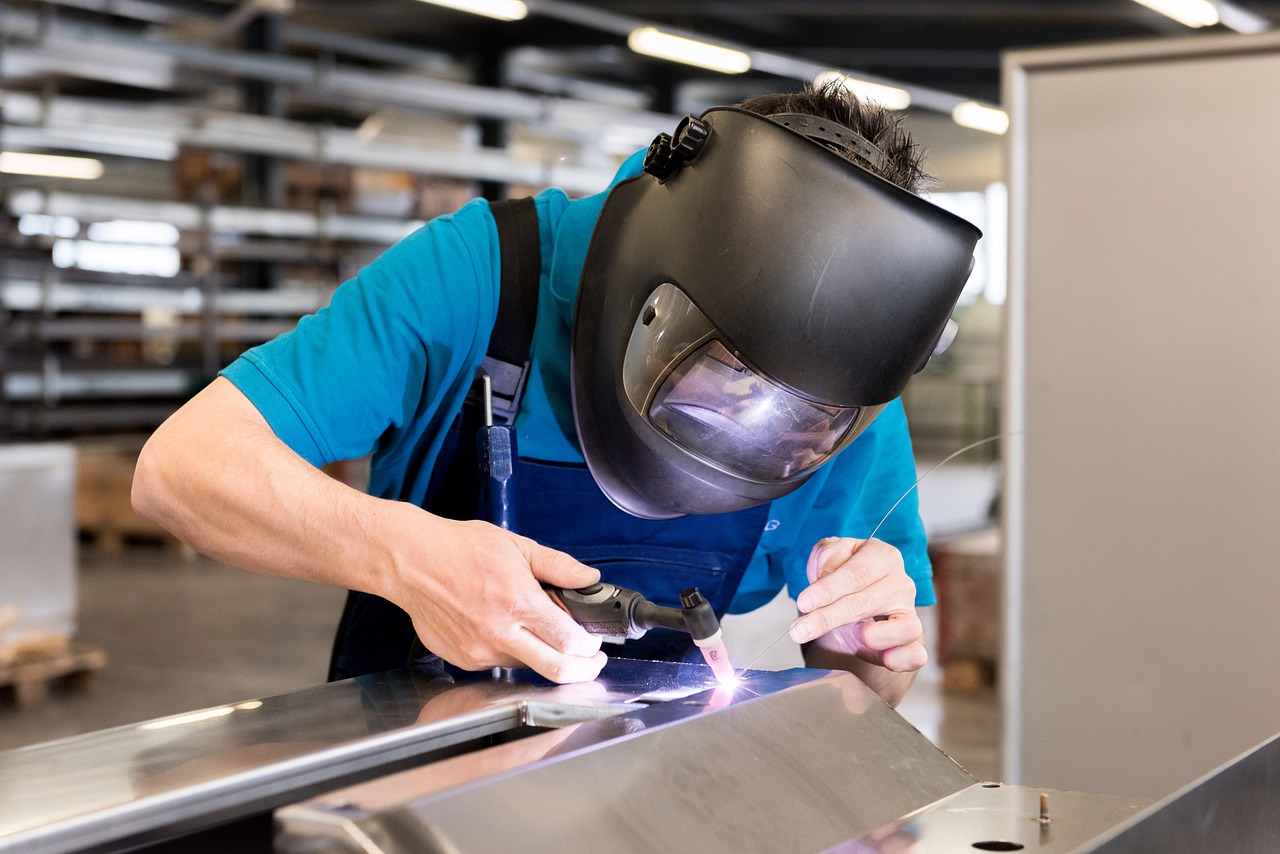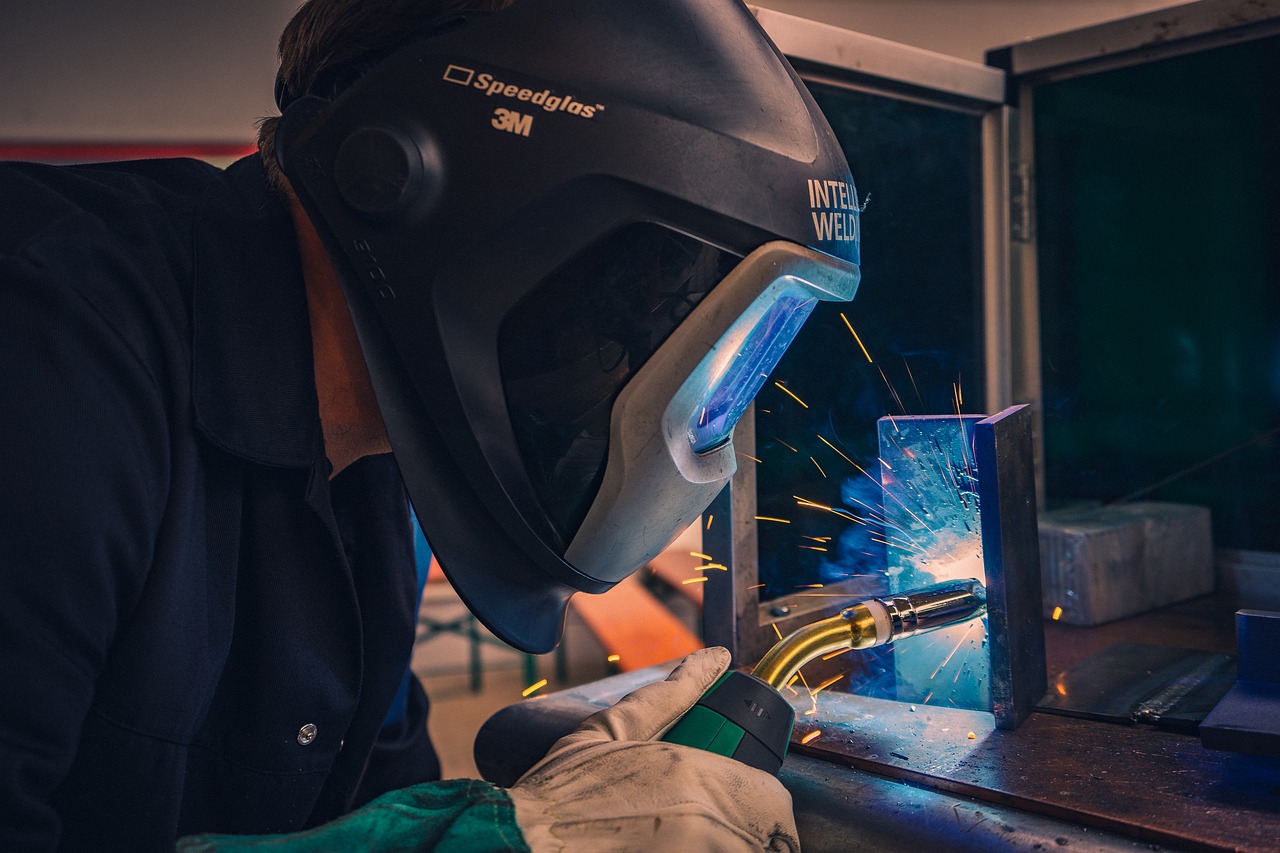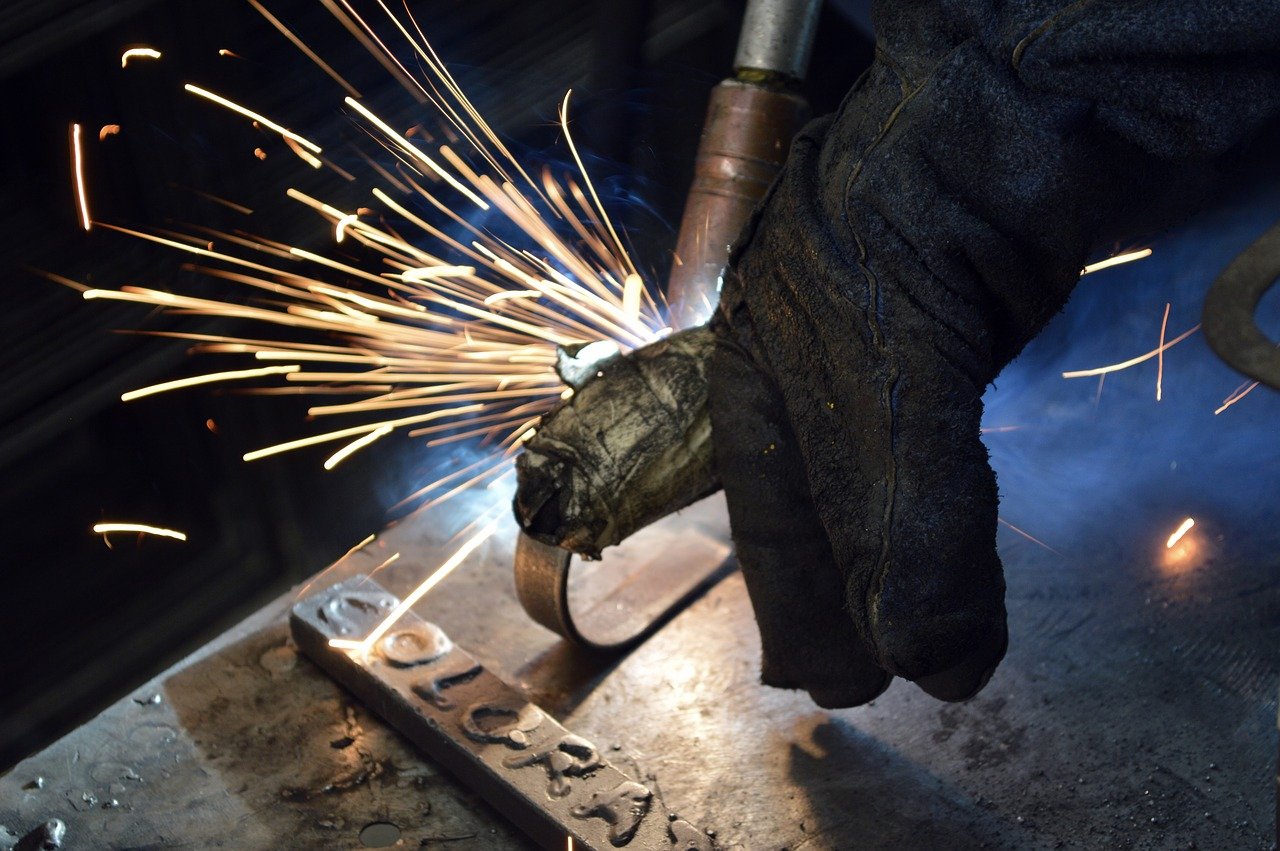Welding is a process that is universal. Even if you don’t use it in any of your day-to-day activities, many of your possessions are made with at least some degree of welding. It’s widely used in construction, heavy fabrication, shipbuilding and many other industries. In the simplest terms, it’s the process of joining two materials together by heating them to a melting point. The materials can be metals, thermoplastics or wood, so there are plenty of possibilities. Furthermore, it’s an amazingly creative activity with many things to make. As such, it can be a great hobby or business. You can make something personal for yourself, like cool-looking figures, for example. And from a business aspect, you can make something that you could sell, like metal fences.

It’s a productive activity with many choices to make, like the method of welding you need and the necessary equipment. Also, it is vital to have the right gun at all times, as it’s what melts the materials. However, one paramount set of equipment needed for the job is safety equipment. Your welding gear is not complete without them, and you risk injuries and other bodily harm. There are many complicated choices to make, so here are the essential ones.
Helmets
A common staple of any Australian welding supplies kit is a good helmet. If you’re looking to buy a safety welding kit, but it doesn’t include a helmet, you’re leaving one of the most sensitive and vital parts of your body exposed. This exposure can lead to long-term harm to your eyes, ears, mouth and face area from the sparks and heat. Furthermore, light radiation can cause injuries to the eyes.

Types of Helmets
To choose the right helmet for your needs, you must account for what you’ll be working on and with what method. After all, TIG and MIG are entirely different. There are two types of helmets, auto-darkening and fixed shade. The second type is the traditional one, in which you have to move the shade up and down when you’re welding and when you make pauses to inspect your work. On the other hand, auto-darkening helmets can instantly go from light to dark. They do this by using ultra-sensitive sensors found in the front. Once they feel any heat, they instantly switch to dark mode.
Extra Features
Welding helmets come with many settings and features that can help you in your work. One such feature is the extra viewing area that allows you to have a better overview of everything. Moreover, there are settings like shade control and memory function. Shade control allows the operator to set the variable welding shades the helmet will switch to when needed. Memory function, however, lets the operator optimise the helmet to their needs in three aspects. One of them is the previously mentioned shade control, but there are also sensitivity and delay options. Sensitivity is the point at which the helmet changes to dark mode and delay determines the speed at which it will change.

Accessories and Variations
Helmets have some extra accessories and beneficial variations as all other welding supplies. One of the best, in my opinion, is the one that completely covers your face, including your neck, ears and part of your chest. Although these variations don’t have the auto-darkening feature, they’re great protection. Still, if you’re worried about not breathing properly in the helmet and if it feels suffocating, there are air filters that can feed you air through a tube. Thereby, you’ll always feel in control and with enough air to breathe freely. Another important piece of equipment that all guides recommend is the goggles. Even with a helmet on you, never forget the goggles.
Gloves
The part of your body that is closest to the gun and the welding material is your hands. Accordingly, they need the best possible protection from the dangers of fire and heat. If you start welding without gloves or take them off at times, you’ll learn quickly never to touch anything without them, unless you want to risk a burn injury. Additionally, the type of gloves you need is decided by the welding you do.

Stick and Heavy-Duty MIG
If you’re working with a stick or heavy-duty MIG welding, you need the strongest gloves to protect you from the powerful heat and spatter. Gloves for these types of welding are made with flame-resistant construction and many layers of insulation. Plus, they come with silicone patches for extra protection. You can notice them by their heavy stitching.
Standard MIG
On the other hand, standard MIG gloves are made from leather and offer more dexterity for the price of less insulation. It’s the classic case of a trade-off of one quality for another.
TIG
Lastly, TIG gloves don’t trade-off or sacrifice anything. They’re a combination of durability and flexibility. They’re made of soft, heat-resistant leather, which can protect you and enable quick reactions to get your job done.
Body Protection
Australian welding supplies stores have a large assortment of welding equipment to protect your body. Jackets and pants shouldn’t be forgotten when buying protective welding equipment. They protect the entirety of your body and prevent any of the sparks from landing on your normal clothes.












